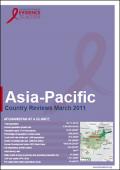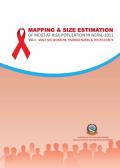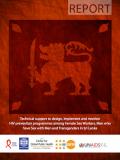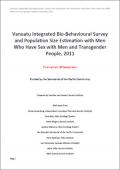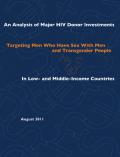Publications on Transgender
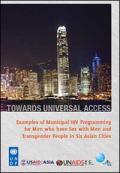
Resource | Publications,
This report describes specific examples of programme activities that seek to address HIV and promote health and rights among MSM and transgender people in six Asian cities: Bangkok, Thailand; Chengdu, China; Ho Chi Minh City, Viet Nam; Jakarta, Indonesia; Manila, the Philippines; and Yangon, Myanmar.

Resource | Publications,
This project aims to inform the public health response to HIV and sexual health among men who have sex with men (MSM) and transgender (Tg) people in Fiji and assist in the development of community-based activities. The research was community-based and the survey data were collected by MSM and Tg community research assistants.
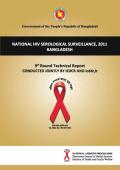
Resource | Publications,
The findings in this report are in general very encouraging as it shows that the overall prevalence of HIV in populations most at risk remains below 1% and most importantly, HIV prevalence has declined among people who inject drugs in Dhaka from 7% to 5.3%. Moreover, hepatitis C has also decline which is a marker for unsafe injecting practices
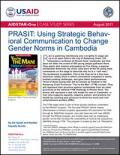
Resource | Publications,
After peaking at 3.2 percent in 1997, Cambodia's HIV prevalence among men and women aged 15 to 49 had dropped to 0.9 percent; it is expected to decline to approximately 0.6 percent by 2012 (Ministry of Health [MOH] 2007). HIV in Cambodia has evolved from a generalized epidemic to one concentrated among MARPs: men who are clients of sex workers as well as their spouses; people who inject drugs; male, female, and transgender sex workers, and MSM.






